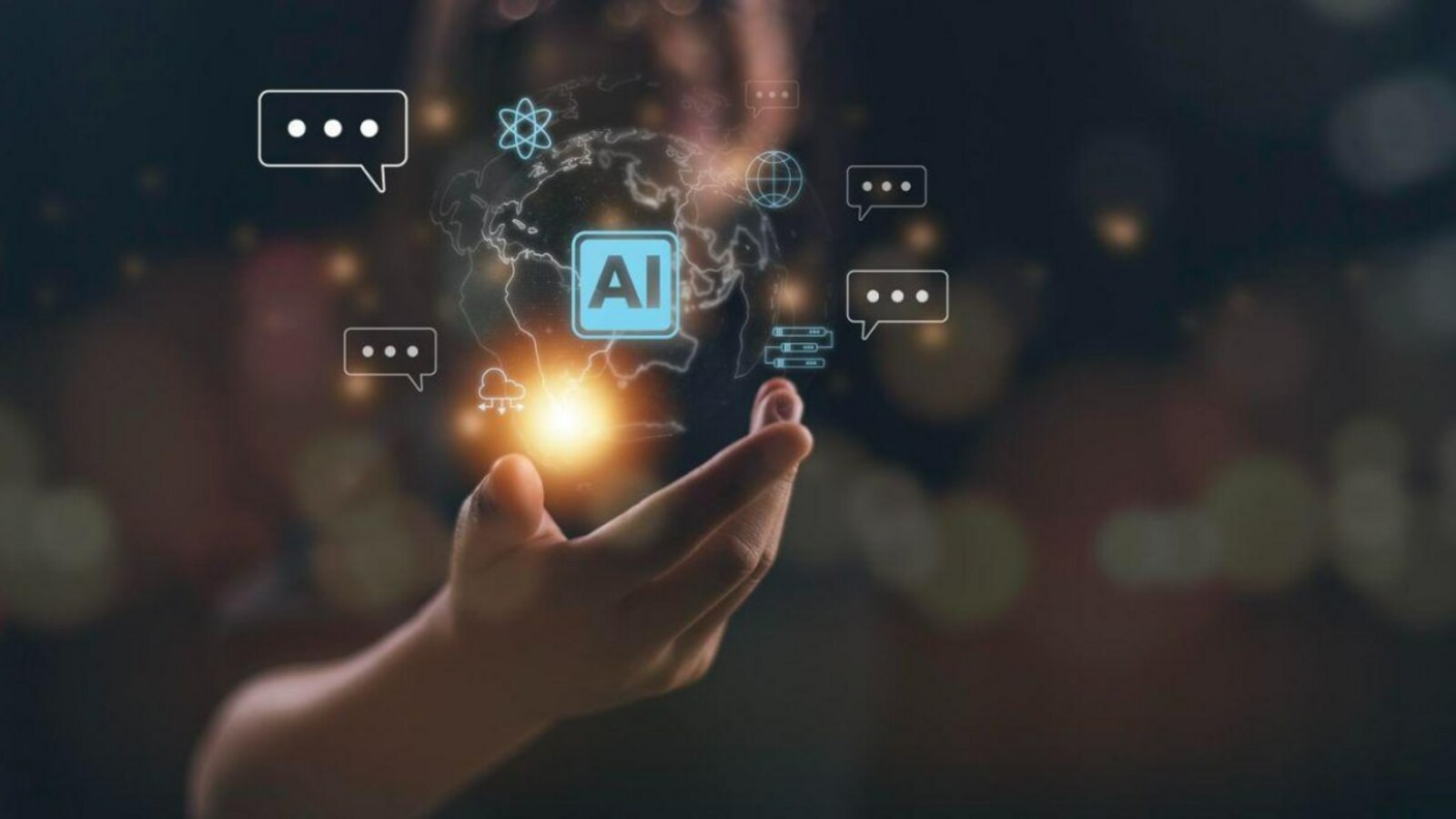

Metaverse
Keep the code behind AI open, say two entrepreneurs – Crypto News
No one doubts that artificial intelligence (AI) will change the world. But a doctrinal dispute continues to rage over the design of AI models, namely whether the software should be “closed-source” or “open-source”—in other words, whether code is proprietary, or public and open to modification by anyone.
Some argue that open-source AI is a dead end or, even worse, a threat to national security. Critics in the West have long maintained that open-source models strengthen countries like China by giving away secrets, allowing them to identify and exploit vulnerabilities. We believe the opposite is true: that open-source will power innovation in AI and continue to be the most secure way to develop software.
This is not the first time America’s tech industry and its standard-setters and regulators have had to think about open-source software and open standards with respect to national security. Similar discussions took place around operating systems, the internet and cryptography. In each case, the overwhelming consensus was that the right way forward was openness.
There are several reasons why. One is that regulation hurts innovation. America leads the world in science and technology. On an even playing field it will win. With one hand tied behind its back it might well lose. That’s exactly what it would do by restricting open-source AI development. A potential talent pool that once spanned the globe would be reduced to one spanning the four walls of the institution or company that developed the model. Meanwhile, the rest of the world, including America’s adversaries, would continue to reap the benefits of open-source and the innovation it enables.
A second reason is the widely accepted view that open-source makes systems safer. More users—from government, industry and academia, as well as hobbyists—means more people analysing code, stress-testing it in production and fixing any problems they identify.
A good example in the sphere of national security is Security-Enhanced Linux (SELinux). It was originally developed by the America’s National Security Agency as a collection of security patches for the open-source Linux operating system, and has been part of the official Linux distribution for more than 20 years. This learn-from-others approach is vastly more robust than one based on proprietary operating systems that can only be fixed by their vendors, on whatever timelines they can manage.
There is much discussion in Western national-security circles about preventing other states from gaining access to state-of-the-art AI technology. But restricting open-source will not accomplish this goal. In the case of China, that is because the horse has bolted. China is already at the cutting edge of AI: it may well have more AI researchers than America, and it is already producing very competitive models. According to one popular system for ranking large language models, China has three of the world’s top seven open-source models.Some Chinese companies are also finding ways to get around export controls on graphics processor units (GPUs), specialised circuits that excel at algebra. Even American companies are not easily persuaded to overlook billions in revenue. A previous attempt at prohibiting the export of high-end Intel chips resulted in China developing the world’s fastest supercomputer using a novel, internally developed computing architecture.
The inability of American companies to keep proprietary, infrastructure-critical IP secure has a long history. Huawei, for instance, has publicly admitted to copying proprietary code from Cisco. As recently as March, the FBI apprehended a Chinese former Google engineer for allegedly stealing AI trade secrets from the company—which is renowned for its security.
A question to ask is whether we want to live in a world where we understand the fundamental nature of other countries’ AI capabilities—because they’re based in part on open-source technology—or a world where we’re trying to figure out how they work. There is no third option where China, for example, doesn’t have advanced AI capabilities.
The final reason to favour open-source is that it drives innovation. The argument that we should move away from open-source models because they cannot compete with proprietary models on performance or cost is plain wrong. Foundation models are on their way to becoming a key component of application infrastructure. And since at least the mid-1990s the majority of impactful new infrastructure technologies have been open-source.
There’s no clear reason why AI models will be different. Today’s AI is rooted in open-source and open research, and the stunning advances in generative AI over the past two years—with the rise of OpenAI, Mistral, Anthropic and others—can be largely attributed to the openness of the preceding decade. Today, many of the most advanced uses of AI are the product of developers running and fine-tuning open-source models. Many of the most advanced users of AI are in communities that have grown organically around open-source. The die has been cast.
There is, of course, room for different business and development models to thrive, and no one should take national security lightly. But restricting open-source would hamstring an approach that has held its own when it comes to security while driving three decades of innovation.
Martin Casado is a general partner at Andreessen Horowitz. Ion Stoica is a professor of computer science at UC Berkeley and co-founder and executive chairman of Databricks and Anyscale.
For a different view on the open-v-closed AI debate, see this article by Lawrence Lessig.
© 2024, The Economist Newspaper Limited. All rights reserved. From The Economist, published under licence. The original content can be found on www.economist.com
Catch all the Business News, Market News, Breaking News Events and Latest News Updates on Live Mint. Download The Mint News App to get Daily Market Updates.
MoreLess
-

 Cryptocurrency1 week ago
Cryptocurrency1 week agoVanEck’s Solana ETF nears launch after SEC 8-A filing – Details – Crypto News
-

 Cryptocurrency1 week ago
Cryptocurrency1 week agoVanEck’s Solana ETF nears launch after SEC 8-A filing – Details – Crypto News
-

 De-fi1 week ago
De-fi1 week agoZEC Jumps as Winklevoss‑Backed Cypherpunk Reveals $100M Zcash Treasury – Crypto News
-
Business1 week ago
December Fed Meeting 2025: Rate Cut or Hold? Key levels to Watch – Crypto News
-

 Metaverse1 week ago
Metaverse1 week agoClaude Desktop is your new best friend for an organized PC – Crypto News
-
others1 week ago
December Fed Meeting 2025: Rate Cut or Hold? Key levels to Watch – Crypto News
-
Technology6 days ago
Japan’s ¥17 Trillion Stimulus Plan: A Turning Point for Global Liquidity Shifts – Crypto News
-
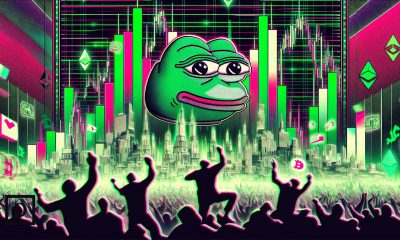
 De-fi1 week ago
De-fi1 week agoKraken’s xStocks Hit $10B in Total Trading Volume – Crypto News
-

 Metaverse1 week ago
Metaverse1 week agoClaude Desktop is your new best friend for an organized PC – Crypto News
-
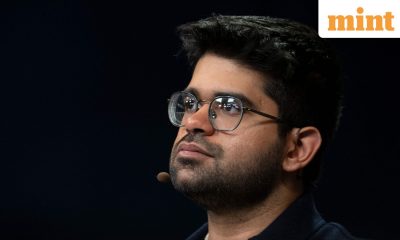
 Technology6 days ago
Technology6 days agoPerplexity faces harsh crowd verdict at major San Francisco AI conference: ‘Most likely to flop’ – Crypto News
-

 Cryptocurrency6 days ago
Cryptocurrency6 days agoCrypto update: Bitcoin ETFs see $300M inflow as investors ‘buy the dip’ – Crypto News
-

 Cryptocurrency1 week ago
Cryptocurrency1 week agoBitcoin (BTC) battles macro headwinds despite improved ETF inflows – Crypto News
-

 Blockchain1 week ago
Blockchain1 week agoWhy the Future of Blockchain Payments Could Stay Narrow – Crypto News
-

 Cryptocurrency1 week ago
Cryptocurrency1 week agoUAE makes Bitcoin wallets a crime risk in global tech crackdown – Crypto News
-
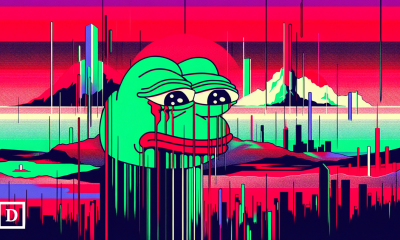
 De-fi1 week ago
De-fi1 week agoBitcoin Drops to $94,000 Following Second-Largest Daily ETF Outflows – Crypto News
-

 De-fi1 week ago
De-fi1 week agoBitcoin Drops to $94,000 Following Second-Largest Daily ETF Outflows – Crypto News
-

 Technology6 days ago
Technology6 days agoAI chatbots like ChatGPT and Gemini may be ‘bullshitting’ to keep you happy, new study finds – Crypto News
-

 Blockchain5 days ago
Blockchain5 days agoBlackRock XRP ETF Speculation Hit New Highs As XRPC Performance Shocks Markets – Crypto News
-

 Cryptocurrency5 days ago
Cryptocurrency5 days agoTLC Coin Price Prediction 2026, 2030, &2040: Trillioner Forecast » InvestingCube – Crypto News
-

 Cryptocurrency1 week ago
Cryptocurrency1 week agoAI-driven phishing scams and hidden crypto exploits shake Web3 security – Crypto News
-

 Cryptocurrency6 days ago
Cryptocurrency6 days agoCrypto market’s weekly winners and losers – TEL, STRK, ICP, CC – Crypto News
-

 Blockchain6 days ago
Blockchain6 days agoBitcoin Indicator Sounds Buy Alarm For The First Time Since March — Return To $110K Soon? – Crypto News
-

 De-fi1 week ago
De-fi1 week agoXRP Surges as First US Spot ETF Debuts on Nasdaq – Crypto News
-

 Technology1 week ago
Technology1 week agoAfter ChatGPT Atlas and Comet, Firefox joins the AI browser race to take on Chrome – Crypto News
-

 De-fi1 week ago
De-fi1 week agoIs DYOR Dead? Building a Safer Web3 with Alex Katz – Crypto News
-

 Cryptocurrency1 week ago
Cryptocurrency1 week agoCoinbase Exec Blasts Banking Lobby’s Stablecoin Push as ‘Unamerican’ Overreach – Crypto News
-
Business1 week ago
What the New Bitcoin Model Predicts About a Possible $200K BTC Price Target? – Crypto News
-

 De-fi7 days ago
De-fi7 days agoSoFi Relaunches Crypto Trading Following Regulatory Greenlight – Crypto News
-
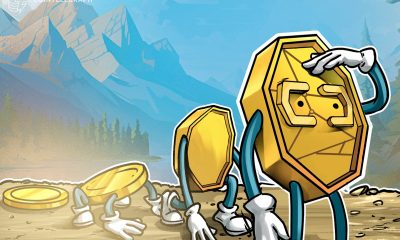
 Blockchain6 days ago
Blockchain6 days agoA16z’s Sees Arcade Tokens As Key To Crypto Evolution – Crypto News
-

 Blockchain5 days ago
Blockchain5 days agoAnt International and UBS Team on Blockchain-Based Deposits – Crypto News
-

 others1 week ago
others1 week agoXAG/USD remains near 54.00 due to improved market sentiment – Crypto News
-
Business1 week ago
Is Dogecoin Price Set for a Rally After 4.72 B $DOGE Whale Accumulation? – Crypto News
-

 Technology1 week ago
Technology1 week agoOnePlus 15 with Snapdragon 8 Elite Gen 5 processor, 7,300mAh battery launched: Price, specs and more – Crypto News
-
Business1 week ago
Solana Price Gears Up to $180 as DApp Revenue and DEX Volume Surge – Crypto News
-
Business1 week ago
Ethereum Price Sheds 10% but Lands on the $3,150 Accumulation Base — Is a Buy-the-Dip Bounce Ahead? – Crypto News
-

 Blockchain1 week ago
Blockchain1 week agoZcash Revival Sparks Debate on Bringing Privacy Back to Bitcoin – Crypto News
-

 Blockchain1 week ago
Blockchain1 week agoCFTC Crypto Oversight Is ‘Directionally Correct,’ Says Jeff Park – Crypto News
-
Business1 week ago
Eric Trump Predicts Imminent Gold Outflow Into Bitcoin Despite Crash Below $100k – Crypto News
-

 Technology1 week ago
Technology1 week agoZoho chief Sridhar Vembu confirms Arattai’s biggest security upgrade is days away: What is it and how it impacts users – Crypto News
-

 De-fi1 week ago
De-fi1 week agoAvalanche DeFi: the Journey to Bring Institutions Onchain – Crypto News
-
Business7 days ago
FUNToken’s Economy Getting Stronger During $5M Giveaway: Here’s Why – Crypto News
-

 Cryptocurrency6 days ago
Cryptocurrency6 days agoTEL price soars after Telcoin received final charter approval in Nebraska – Crypto News
-
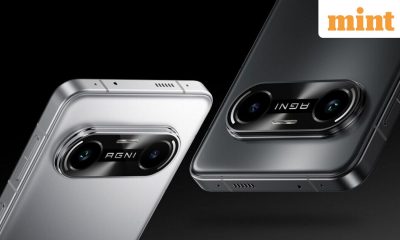
 Technology3 days ago
Technology3 days agoLava Agni 4 launched in India with AMOLED display and Dimensity 8350 SoC: Price, specifications and more – Crypto News
-
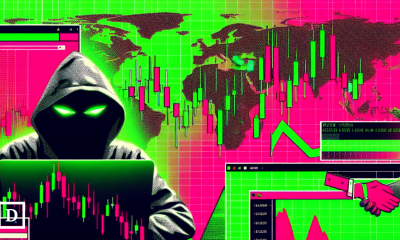
 De-fi1 week ago
De-fi1 week agoLarge POPCAT Trades Result in $5 Million Loss for Hyperliquid Vault – Crypto News
-

 Blockchain1 week ago
Blockchain1 week agoHow Ripple Plans to Bridge Crypto and Wall Street: Inside Its $4B Expansion – Crypto News
-

 De-fi1 week ago
De-fi1 week agoDromos Labs Merges Aerodrome and Velodrome into New DEX Aero – Crypto News
-
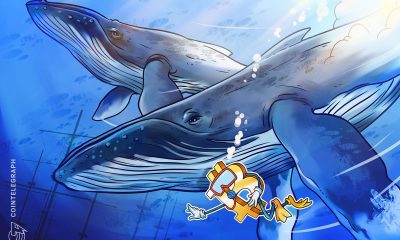
 Blockchain1 week ago
Blockchain1 week agoBitcoin’s Second-Biggest Whale Accumulation Fails to Crack $106K Barrier – Crypto News
-

 Cryptocurrency1 week ago
Cryptocurrency1 week agoCoinbase launches business platform in Singapore for local startups and SMEs – Crypto News
-
Business1 week ago
Top 3 Reasons Pi Network Price May Surge Despite the Incoming Token Unlock – Crypto News
-

 Blockchain1 week ago
Blockchain1 week agoAave’s Push Service Gains MiCA Authorization for Stablecoin On-Ramps – Crypto News














